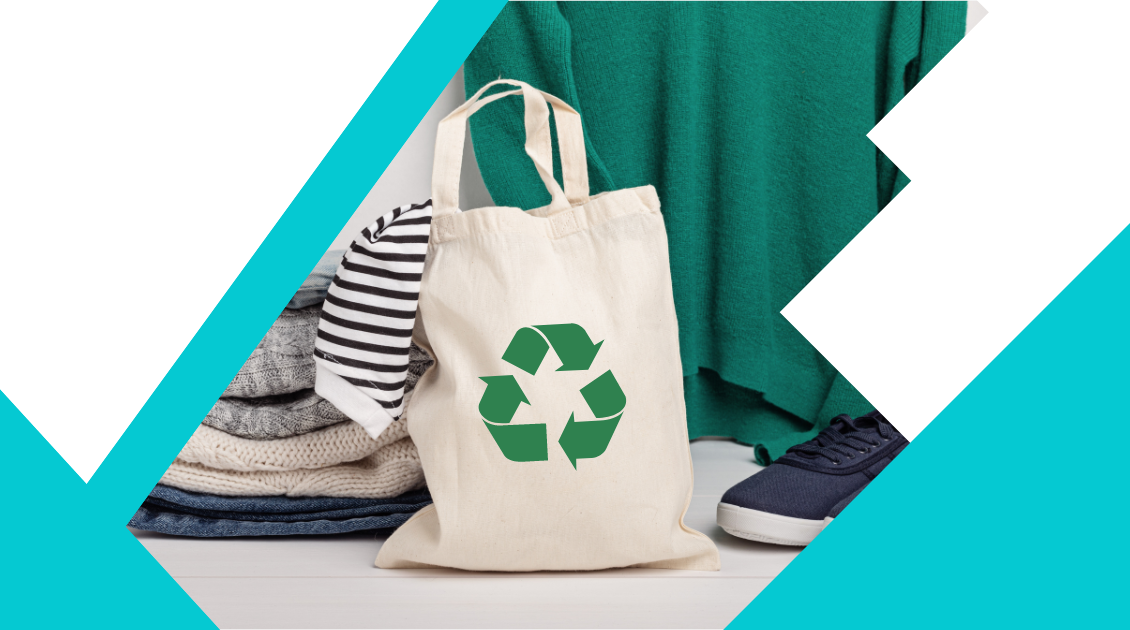
Everything we consume and everything we discard has a significant impact on our environment. Together we can establish a more sustainable world, simply by altering our purchasing behaviour. Buying and reutilising second-hand products can not only save you money but can reduce waste and pollution and save natural resources and energy.
Cost Savings
Purchasing second-hand offers significant and widely recognised advantages, with cost savings being one of the most prominent benefits.
Second-hand goods are often available up to 50% cheaper. Whether you are in search of clothing, electronics, furniture, musical instruments, or books, you will discover quality items at more affordable prices compared to their brand-new counterparts.
Additionally, you have the opportunity to acquire name-brand products at a fraction of their original cost.
Reducing Waste
The most obvious environmental benefit of second-hand shopping is that it creates less waste. Many individuals tend to associate waste reduction and recycling solely with bottles, cans, and plastics, overlooking the significant impact our wardrobes and household items have on landfill waste.
When you opt for used items, you eliminate the need for excessive packaging, bulky cardboard boxes, and unnecessary plastic wrapping that are often discarded after the products arrive.
Purchasing second-hand allows you to enjoy your newly acquired items without excessive packaging.
Even when opting for second-hand items that require shipping, it is worth noting that they are typically packaged with minimal materials.
Reducing Pollution
The production of new items carries significant environmental consequences, resulting in pollution across various manufacturing stages.
Global transportation of goods contributes to substantial CO2 emissions, and items ending up in landfills lead to greenhouse gas emissions and environmental contamination.
The production of new products involves more than just labour and materials; it depletes natural resources through activities like oil excavation, metal mining, deforestation, cotton farming, and water usage.
Opting for used items reduces resource consumption, energy usage, and pollution by avoiding pesticides, transportation fuel emissions, toxic chemicals, and carbon emissions.
By purchasing second-hand goods, you utilise the energy and resources already invested in their creation, eliminating the demand for new items that require additional energy and further depletion of natural resources.
The impact of buying second-hand extends far beyond personal savings. By choosing to purchase pre-owned goods, individuals contribute to a more sustainable future. While it is acceptable to purchase certain items new, it is beneficial to cultivate a collective awareness and consider acquiring products second-hand. By embracing this approach, together we can transition towards a more circular economy, where goods and materials are actively reused instead of needlessly discarded.